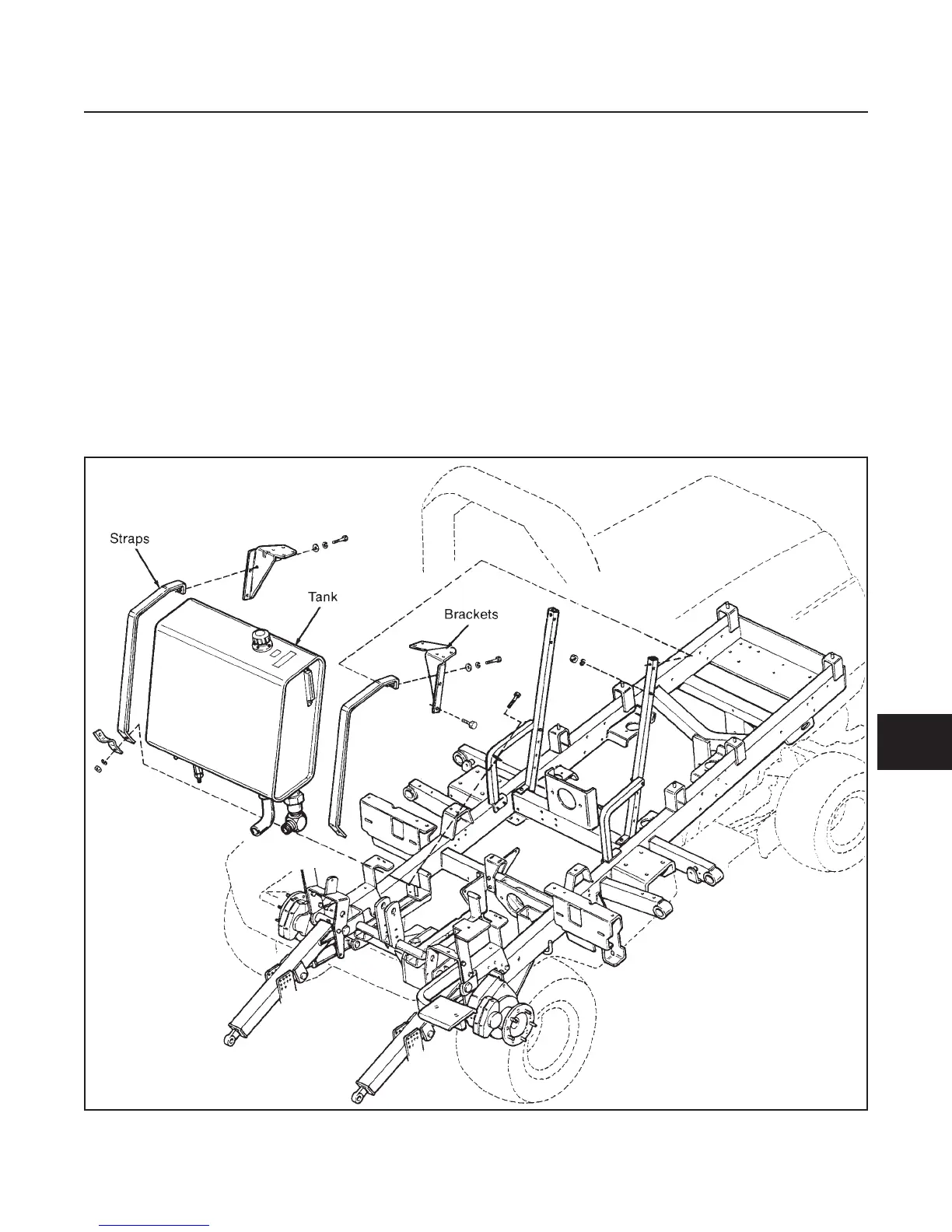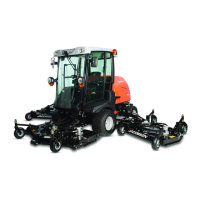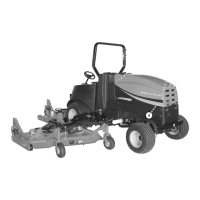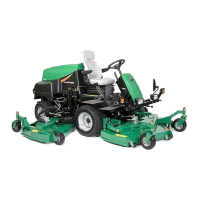GENERAL
The hydraulic tank requires little or no service other
than adding hydraulic oil when indicated by checking
the sight gauge and periodically cleaning the screen in
the outlet of the tank.
The hydraulic oil level should be checked daily for
proper level. Use extreme care when adding oil to
prevent the entry of contaminants.
Do not check oil level when oil is hot.
Overfilling tank could result in oil coming out cap
(breather).
If you notice the presence of water (noted by a cloudy
or milky appearance), or air (noted by a foamy appear-
ance) or other contaminants, a rancid odor (indicating
excessive heat), or after a major component failure,
the hydraulic fluid should be changed.
NOTE
The cap on the hydraulic tank is a pressure cap.
If water, air, or contamination is indicated, locate the
source of the problem and take corrective action.
REMOVAL AND INSTALLATION
(See Figure 9D-1)
If it is necessary to remove the hydraulic tank, drain
the fluid into a suitable container, disconnect all hoses
at the tank.
When installing the hydraulic tank, secure the tank with
mounting clamps, connect hydraulic hoses to the tank.
CHASSIS
SECTION 9D. HYDRAULIC TANK
9D-1
9D
Figure 9D-1. Hydraulic Tank Removal and Installation
